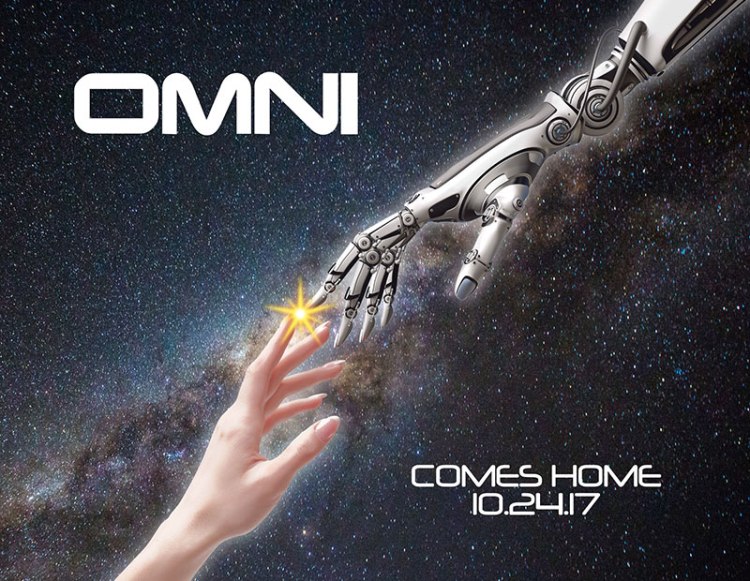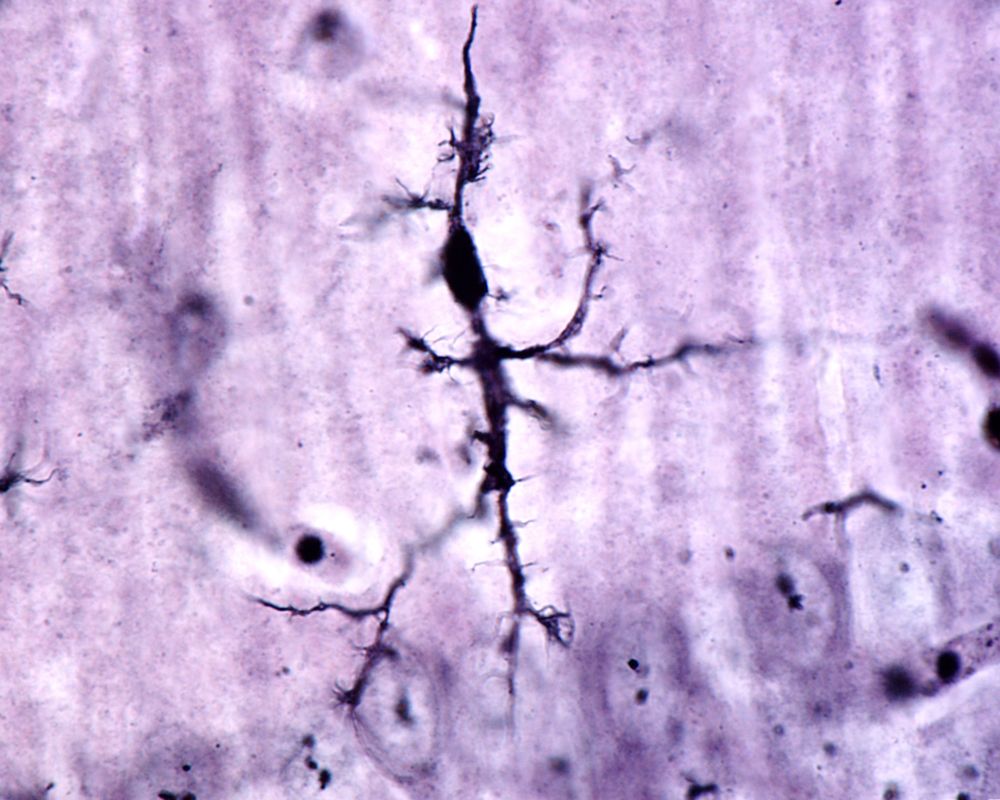“The next print issue of OMNI will be available October 24.”



Salk Institute. 4 genes.
A n end to grey hair and crows-feet could be just 10 years away after scientists showed it is possible to reverse ageing in animals.
Using a new technique which takes adult cells back to their embryonic form, US researchers at the Salk Institute in California, showed it was possible to reverse ageing in mice, allowing the animals to not only look younger, but live for 30 per cent longer.
The technique involves stimulating four genes which are particularly active during development in the womb. It was also found to work to turn the clock back on human skin cells in the lab, making them look and behave younger.
Humanity is about to change faster than we thought possible.
Artificial intelligence software could generate highly realistic fake videos of former president Barack Obama using existing audio and video clips of him, a new study [PDF] finds.
Such work could one day help generate digital models of a person for virtual reality or augmented reality applications, researchers say.
Computer scientists at the University of Washington previously revealed they could generate digital doppelgängers of anyone by analyzing images of them collected from the Internet, from celebrities such as Tom Hanks and Arnold Schwarzenegger to public figures such as George W. Bush and Barack Obama. Such work suggested it could one day be relatively easy to create such models of anybody, when there are untold numbers of digital photos of everyone on the Internet.

“For man to be able to live he must either not see the infinite, or… connect the finite with the infinite.” — Leo Tolstoy.
UW engineers have designed the first battery-free cellphone that can send and receive calls using only a few microwatts of power. Mark Stone/University of Washington.
University of Washington researchers have invented a cellphone that requires no batteries — a major leap forward in moving beyond chargers, cords and dying phones. Instead, the phone harvests the few microwatts of power it requires from either ambient radio signals or light.
The team also made Skype calls using its battery-free phone, demonstrating that the prototype made of commercial, off-the-shelf components can receive and transmit speech and communicate with a base station.

Read about ‘Estonia becomes the first country in EU to approve delivery bots’ on element14.com. Estonia and a number of other countries are ready to embrace delivery bots; other places not so much. Will these adorable bots be rolling down a street.

(This is a followup post to three earlier posts on forecasting. The first in May 2015 forecast both blimp-based and dedicated building-based drone deployments (later patented by Amazon); The second in October 2015 largely predicted Elon Musk’s Tesla Masterplan Part Deux by 9 months, the third in July 2016 among other things correctly hypothesised the use of Model X falcon wings for future possible Tesla bus designs. I try to get it right but I mainly enjoy the idle speculation).
I was recently in San Francisco and had a very random number of drinks with two very friendly employees of US telco AT&T. As is often the case I turned the conversation towards autonomous vehicles, and more specifically two of Elon Musk’s companies, Tesla and SpaceX.
I was curious about how cars, such as a Model S, have much greater data connectivity needs than ever before. Right now, Teslas connect to AT&T’s network and it seems clear that data needs will only increase for data hungry vehicles that drive themselves. Already Tesla cars consume quite a few gigabytes of data per month.

A new approach to Parkinson’s alters immune cells to favour healing.
As we reported in an article yesterday, researchers are becoming increasingly interested in the potential of changing the ratio of types of macrophages present in the body to facilitate tissue regeneration and healing.
This is a line of research that covers a number of topics, including aging, regeneration, tissue repair, and inflammation. Over the last year or so we have seen a number of publications focusing on altering populations of macrophages to elicit repair and regeneration of tissues, which is a positive sign that things are moving forward.
The balance between different types (known as polarizations) of macrophages is again the subject of another study, which we will discuss today[1]. This time the focus is on Parkinson’s disease and how changing the ratio of macrophage types could be a potential therapy for this devastating age-related disease.